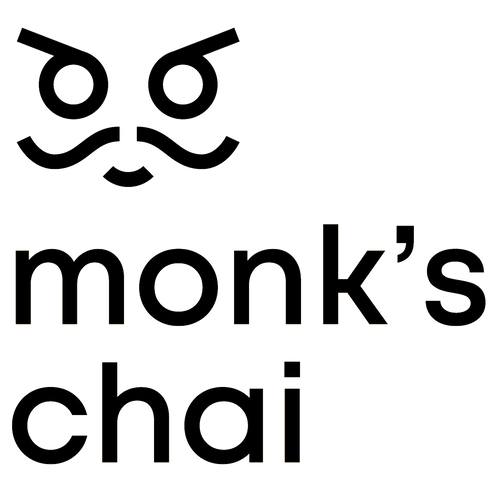Tea, a beloved beverage, has secured its position as the second most consumed drink globally, second only to water. Its popularity transcends borders, cultures, and economies. This versatile beverage boasts countless variations, each reflective of the unique cultural practices that surround it. Additionally, as an agricultural commodity, the tea industry wields significant economic influence in regions where it thrives.
In this article, we'll delve into the top tea-producing countries across the globe, shedding light on their contributions to the world of tea.
1. China: Pioneers of Tea Production

China reigns supreme as the world's leading tea producer, responsible for over 30% of the global tea supply. With an illustrious history steeped in the traditions of tea for nearly 10,000 years. Chinese are the first cultivators of Tea. China not only leads in production but also in consumption and export. Its rich heritage and the expertise of its tea masters place China firmly at the forefront of the tea industry. The etymology of nearly all names for tea come from China. In fact the word Chai, or Shai in the middle east has its roots in Cha which is Mandarin for Tea. The Té or Tea also has its roots in Chinese culture. That's what local Chinese from the Eastern regions of China referred to Camelia Sinensis as. We call it tea in an occidental context now, as the first traders to bring teas to Europe traded with the port regions of Eastern China.
Read more: History of Chai
2. India: A Tea Giant with Assam at Its Heart
Following closely behind China, India stands as another tea-producing powerhouse. Among its numerous tea plantations, Assam reigns supreme, producing a significant portion of India's tea. The British East India Company introduced tea to India, and since then, the nation has held a substantial market share in both exports and domestic consumption. India also boasts its native tea species, Camellia Sinensis var. Assamica.
3. Kenya: Cultivating Tea as a Cash Crop
Kenya takes the third spot on our list, with tea serving as a vital cash crop in the nation's agricultural landscape. Much of Kenya's tea production occurs on small-scale farms, which are gradually shifting their focus toward artisanal teas.
4. Sri Lanka: The Legacy of Quality Tea
Sri Lanka, a former British colony, continues to be a key player in the global tea industry. Renowned for their quality, Sri Lankan teas, particularly the high-grown white teas, enjoy international acclaim.
5. Vietnam: A Tea Revival After Turbulent Times

The French introduced tea to Vietnam during their colonial rule in the 1880s. However, the 20th century wars disrupted the tea industry, which only began to regain momentum in the 1980s. Vietnam primarily specializes in green teas.
6. Turkey: A Tea Lover's Paradise
Turkey secures the fifth position globally in both tea production and consumption. Tea holds a special place in Turkish culture, making it an indispensable part of daily life.
7. Indonesia: Tea's Journey Through Dutch Colonization
Introduced to tea during the Dutch colonial era in the 1700s, Indonesia has since become a notable tea producer. Much of the tea produced here finds its way to international markets through exports.
8. Myanmar: Blending Tradition with Modernity
Myanmar boasts a rich tea culture that has been significantly influenced by two distinct sources: the Chinese green tea heritage and the Anglo-Indian tradition of black tea. For over 5,000 years, tea cultivation and processing have thrived in this region. However, it wasn't until the early 2010s that modern tea processing techniques began to make their presence felt, marking a significant shift in the Myanmar tea industry.
9. Iran: A History of Tea Exploration
Iran has a fascinating tea history that traces back to an Iranian ambassador's undercover mission to India during British rule. Saltaneh, disguised as a French laborer, returned to Iran with tea saplings, planting them in Gilan. The rest, as they say, is history.
10. Argentina: A Surprising Addition to the Tea World

Argentinian tea production may come as a surprise to many, as it plays a significant role in the creation of iced tea blends in the United States.
World Tea Production by Country
| Coutry | Production (Tons) |
|
China |
2,791,837 |
|
India |
1,390,080 |
|
Kenya |
458,850 |
|
Sri Lanka |
300,120 |
|
Vietnam |
269,281 |
|
Turkey |
261,000 |
|
Indonesia |
137,803 |
|
Myanmar |
132,494 |
|
Iran |
90,832 |
|
Argentina |
85,730 |
Our Monk's Organic Specialty Chai Origin

Monk's Organic Specialty Chai honors the rich traditions of Asian and Indian spiced tea while embracing a modern approach to create an exceptional brew. Our commitment to excellence begins with our meticulous sourcing of the finest chai ingredients. Our original plant-based blend is meticulously crafted, featuring the highest-quality Assam black tea, responsibly acquired from small organic family producers in the Brahmaputra Valley. We exclusively use pure Ceylon cinnamon of C-4 to Alba grade from Sri Lanka, Bold Cardamom from Guatemala, Jamaican Pimento, Keralan ginger, and Whole nutmeg from the Moluccas. All of our ingredients are of specialty grade and sourced organically.
In conclusion, tea's global prominence extends far beyond the realm of beverage preferences. These top tea-producing regions not only cater to the world's tea cravings but also shape the cultural and economic landscapes of their respective regions. From the time-honored traditions of China to the unique flavors of Argentina, tea remains a unifying force that transcends boundaries.

